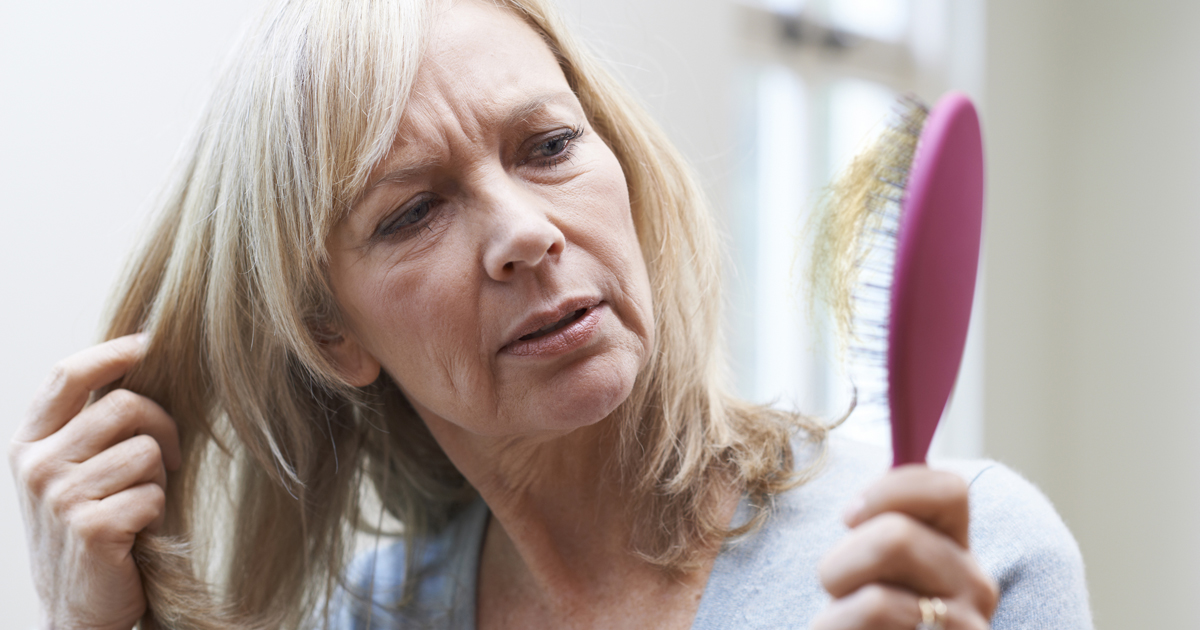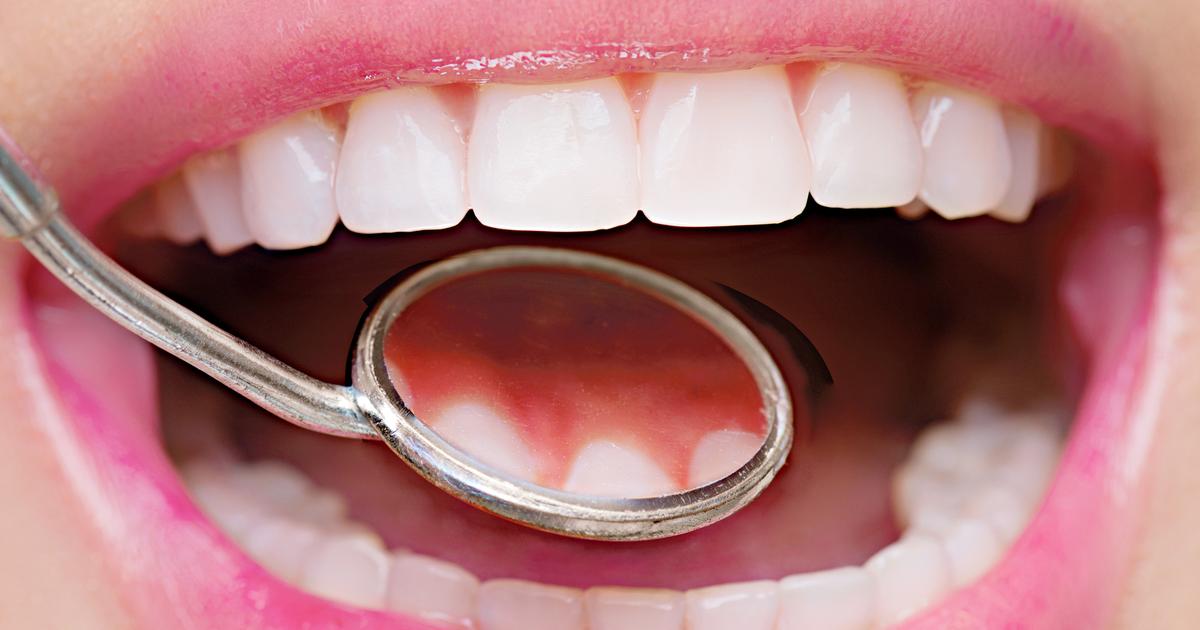Guide To The Symptoms Of Lichen Planus
Lichen planus is a type of inflammatory condition that develops in response to abnormal immune system reactions. It sometimes occurs along with autoimmune disorders, and it may also occur as a result of viral infections, allergic reactions, stress, and genetic conditions. Some over-the-counter pain relievers such as ibuprofen and naproxen could cause this condition, and it is also associated with exposure to certain metals and chemicals like arsenic or gold. Patients with lichen planus normally have swelling and irritation that affects the mucous membranes, skin, hair, and nails. Primary care doctors and dermatologists are normally able to diagnose lichen planus with a visual inspection of the skin and mucous membranes. Sometimes, a skin biopsy may be useful in confirming the diagnosis. Mild episodes of lichen planus often resolve within a week without any treatment. For moderate to advanced cases, doctors might prescribe retinoids, corticosteroids, non-steroidal topical treatments, or light therapy.
The major symptoms associated with lichen planus are discussed below.
Blisters On Gums And Mouth Ulcers

Patients who have lichen planus that affects the mouth could develop blisters on their gums and mouth ulcers. The mouth sores associated with this condition are usually white, and they often have a lace-like texture. Most patients find the sores, blisters, and ulcers in the mouth are painful, and they can make eating, drinking, and chewing difficult. The sores might develop on the lips or tongue too. To make eating and drinking with a sore mouth easier, patients may need to apply a topical anesthetic to the sores prior to eating. Patients could also try eating on the side of the mouth that is unaffected or less affected, and the use of meal replacement shakes might be helpful. Since some types of mouth sores may be associated with more serious conditions, it is especially important for any sores to be promptly evaluated by a physician. Patients who have had lichen planus in the mouth are at an increased risk of oral cancer, and they may need to have regular oral cancer screenings.
Continue reading to learn more about the symptoms of lichen planus now.
Hair Loss

Although it is relatively less common than other forms of lichen planus, some patients may develop a form of the illness that affects the scalp. These patients may notice hair loss, and the scalp itself might become discolored. Individuals may notice they lose more hair than usual after washing or brushing their hair, and some may see small patches of scalp with thinning hair or baldness. Since hair loss can occur with a number of thyroid and autoimmune disorders, patients experiencing this symptom may wish to have blood tests to check their thyroid function, and investigations may be needed to rule out autoimmune conditions. Doctors may also need to perform a pull test to establish the shedding stage of the patient's hair. For this simple test, the physician will gently pull several dozen hairs on the patient's head to check how many hairs pull free. Some patients might need to have a scalp biopsy. If lichen planus is determined to be the cause of the patient's hair loss, doctors may recommend treatments to encourage hair growth. Patients should see their hair growth return to normal once lichen planus has been successfully treated.
Get the details on more lichen planus warning signs now.
White Streaks Inside The Cheeks

Patients with the oral form of lichen planus could observe white streaks inside their cheeks. These streaks typically form over areas of the mouth already damaged by ulcers, sores, or blisters. Although the streaks themselves are not normally painful, they could make the underlying sores harder to treat. Individuals who notice white streaks in the mouth may want to keep track of how many there are and whether new streaks form. This information could be helpful to physicians. Patients may wish to see a physician to have the streaks examined, particularly if they are increasing in size or in number. The doctor can examine the streaks by looking into the patient's mouth with a light. Topical treatments may be able to reduce pain associated with the oral symptoms of lichen planus, and physicians might want patients to attend follow-up appointments during their recovery to monitor the streaks and make sure they are healing properly.
Discover more symptoms of lichen planus now.
Change In Sense Of Taste

Patients with oral lichen planus could have a change in their sense of taste. Foods and drinks the patient once enjoyed may no longer be appealing, and this could trigger a loss of appetite and weight loss. To ensure patients with mouth symptoms of lichen planus get adequate nutrition, it can be helpful to eat soft foods such as yogurt, pudding, oatmeal, and mashed potatoes. Some patients might enjoy smoothies, and shakes may be beneficial too. Since spicy and acidic foods could irritate the mouth and increase the pain associated with mouth ulcers and blisters, patients might wish to consider following a diet of relatively bland food. In particular, citrus fruits and tomatoes should be avoided. Rice, cooked vegetables, beans, and low-acid fruits may be soothing and tasty for patients struggling with taste changes due to lichen planus. It may be necessary to try several different foods before the patient is able to tell what tastes good, and the patient's tastes could change regularly depending on the progression of their mouth sores. Patients should always mention any changes in their taste to a physician.
Learn more about lichen planus symptoms now.
Nail Damage Or Loss

Rarely, lichen planus can affect the nails, and this often leads to nail damage or loss. Patients with this form of the condition may notice their nails have ridges or grooves in them, and they might also see their nails are thinner than usual. In some cases, the nails could split, and patients could have a total loss of a nail; this can sometimes be permanent. Symptoms of lichen planus typically affect only a few nails on the hand or foot. However, the symptoms may sometimes occur on all of the nails of a patient's hand or foot. Since ridges and grooves in the nails could indicate potential vitamin deficiencies or cardiac issues, patients who notice these symptoms should consult their doctor to receive a definitive diagnosis.